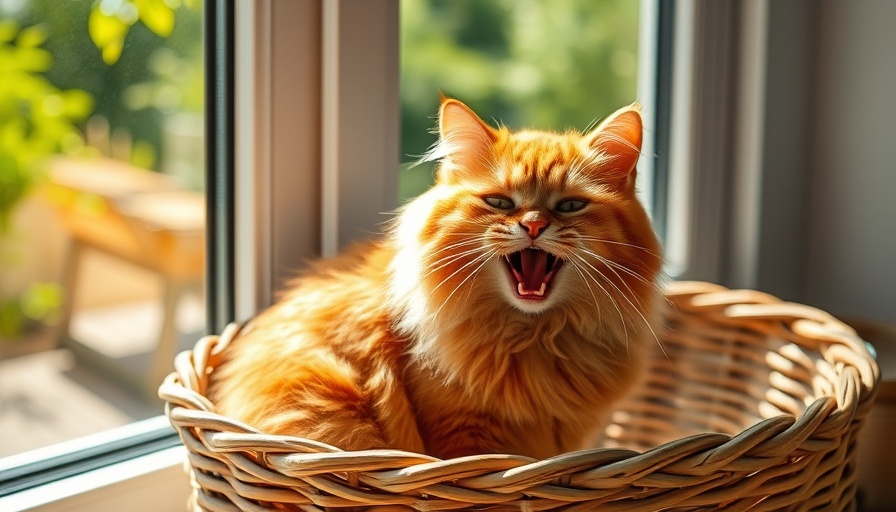
Horse Travel: A Journey to Remember
For many horse enthusiasts, the thrill of traveling with their equine companions is an essential part of horse ownership. Whether it's a trip to a nearby veterinary clinic or a long trek to national events, careful preparation is crucial to ensure a smooth journey. In this article, we delve into the best practices for horse traveling by trailer, emphasizing the importance of planning, health checks, and stress management for a successful adventure.
Preparing for the Journey: Essentials to Know
Before embarking on a long-distance trip, horse owners need to address several essential factors. Start by preparing the necessary health documentation. Conditions for travel vary by state and venue, so it’s vital to collaborate with your veterinarian. Ensure that:
- The Coggins Test: Verify that your horse has up-to-date Coggins documentation. While these tests are valid for two years in-state, interstate travel often requires more frequent testing—sometimes even annually.
- Health Certificates: If you're crossing state lines, a health certificate is typically required. These documents are generally valid for up to 30 days, but venues may require certification dated within just ten days of travel.
- Vaccination Requirements: Different facilities may have specific vaccination demands. Consult your vet about which additional vaccines may be necessary, especially for diseases like EHV and strangles.
Comfort and Health: Keeping Your Horse Stress-Free
Traveling can be an inherently stressful experience for horses, so it's vital to facilitate comfort throughout the journey. Here are some techniques to ease your horse’s anxiety and promote well-being:
- Calming Supplements: Talk to your veterinarian about using calming supplements. Products like UlcerGard or GastroGard may be beneficial in preventing stress-related ulcers.
- Routine Stops: Plan to make rest stops every three to four hours. These breaks give your horse a chance to stretch, hydrate, and graze, helping to mitigate travel-related tension.
- Acclimatization: Prepare your horse for the trip by allowing them time to adjust to the trailer before embarking on longer journeys. Familiarization with the trailer environment can significantly reduce anxiety.
A Community of Advice: Gather Insights from Fellow Owners
Horse traveling might seem daunting, but you’re not alone! Engaging with local horse owners or joining community groups can yield invaluable insights. Other experienced riders can share their tips—from the best trailering techniques to the best snacks for your horse on the go. This camaraderie enriches the experience and promotes horse welfare.
Planning Your Itinerary: Routes and Destinations
When plotting your journey, consider the following points to optimize your travel plan:
- Check the Routes: Choose routes that are horse-friendly, avoiding steep hills or sharp turns to reduce strain on your horse.
- Plan for Emergencies: Research vet clinics along your route. Should any travel issues arise, having a contingency plan can put your mind at ease.
- Weather Considerations: Always check weather forecasts before setting off. Bad weather can affect your horse’s comfort and safety, so be prepared to alter your plans if necessary.
In Conclusion: Travel Prepared, Travel Happy
Traveling with horses can be a rewarding experience filled with excitement, community bonding, and unforgettable memories. By ensuring you’ve prepared adequately—through health checks, stress management strategies, and community knowledge-sharing—you can embark on your journey with confidence. Each trip is an opportunity for adventure and growth, both for horse and rider. Embrace it!
Adventure awaits! Prepare your equine friend and explore the world together, knowing you’ve taken all the necessary steps for a safe and enjoyable journey.
 Add Row
Add Row  Add
Add 


Write A Comment